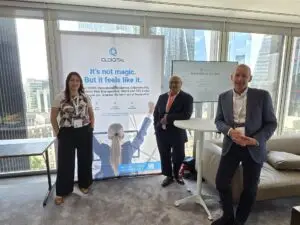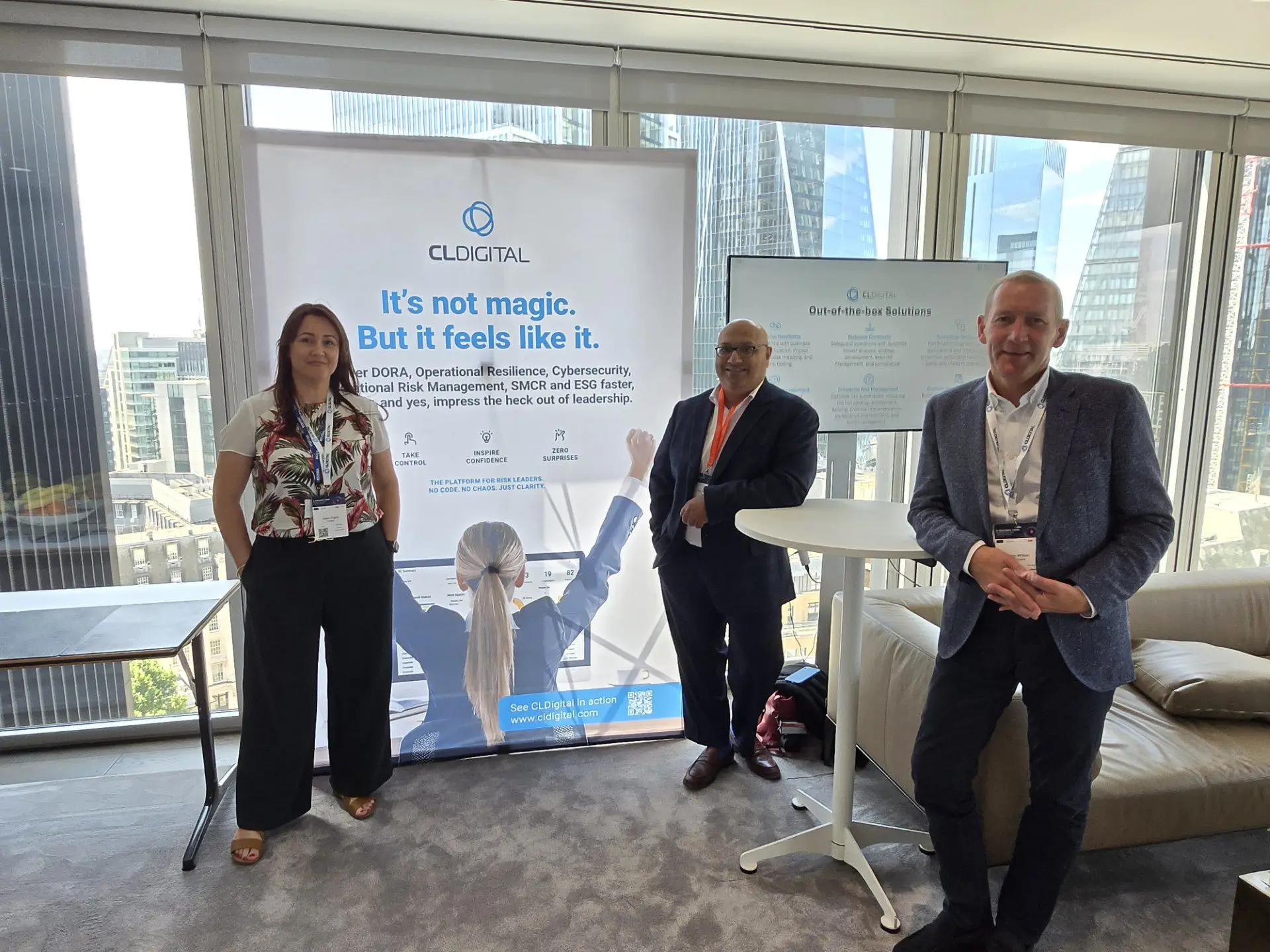
It was a Tuesday morning in London. The kind of morning where the sky presses down like a deadline.
In a glass-paneled room at the Investment Association Resilience Forum, tea cups trembled slightly in saucers as executives from banks, insurers, asset managers, and regulators leaned in—some from interest, some from obligation. There were polite nods, tidy slide decks, and the sound of regulation hanging heavy in the air.
And then Suman Ziaullah stood up.
The FCA’s Head of Technology, Resilience and Cyber didn’t raise his voice. He didn’t need to.
“Do the basics right. Test your responses. Evolve with the threat.”
It wasn’t a warning. It was a verdict. A message with a sharper edge beneath its calm delivery: Resilience is no longer a planning exercise. It is the discipline of doing.
The End of Strategy as a Luxury
Here’s what’s changed.
Strategy is a choice. Regulation is a condition.
Strategy is tethered to ambition. It asks, Where do we want to go? Regulation doesn’t care where you’re headed. It asks, How prepared are you for what could go wrong along the way?
Strategy is episodic. It’s debated in offsites, written in PowerPoint, and revisited quarterly. Regulation is perpetual. It is here, now, and without pause.
This is not to say strategy has no place. But strategy without execution is performance art. In today’s risk climate, execution is what keeps the lights on, the regulator at bay, and the business from unraveling in the face of the next unknown.
And yet, many firms remain in rehearsal mode. Their resilience still runs on PDFs, spreadsheets, and institutional memory. Tools that buckle under the weight of scrutiny, or simply vanish when the one person who remembers the workaround goes on leave.
We Don’t Need More Diagrams. We Need Declarations.
Declarations like:
We will not improvise when the lights go out.
We will connect regulation to execution.
We will build resilience not as a siloed function, but as a living, breathing system.
So, we asked the question everyone was circling. What’s actually holding firms back?
The Real Barriers to Execution
Fragmented Data
Information lives everywhere and nowhere. Critical data is scattered across tools, teams, and tabs, leaving decision-makers blind in moments that demand clarity.
- Disconnected Architecture: Without end-to-end traceability, teams cannot align. Compliance, risk, and resilience remain fragmented, each speaking a different language.
- Regulatory Overload: With every new mandate, firms spin up new processes, patches on a system never designed for continuity. The result is compliance that’s reactive, not resilient.
- Cultural Drift: True resilience isn’t something you buy. It’s something you become. But culture is slow to catch up, and the instinct to revert to “good enough” runs deep.
These are not just operational challenges. They are philosophical ones. But within each friction point lies the opportunity for transformation.
A Better Way: The CLDigital Meta Model
This isn’t another framework. It’s a new foundation.
At the heart of it lies the Meta Model. It captures how everything connects: processes, controls, owners, applications, third parties, obligations. It’s not a diagram. It’s a living blueprint. A source of truth regulators can trace. A system leaders can trust.
Surrounding it is the Data Architecture. Designed for access, clarity, and motion. It transforms raw data into insight, letting teams monitor, adapt, and anticipate in real time.
And running beneath it all is Automation. Not as an afterthought, but as an operating principle. It powers control testing, evidence capture, alerting, breach validation, and scenario rehearsal at scale, without the heroics.
Because when regulators ask what went wrong or how you’ll prevent it from happening again, the answer shouldn’t be a story. It should be a system.
Risk → Insight → Execution → Learning → Resilience at Scale
That’s the rhythm. That’s the loop. That’s the shift.
The one that moves us from strategy as intention to resilience as infrastructure.
And it’s the shift that matters most. Especially now.
By Tejas Katwala, Co-founder, CLDigital



